A team of experts from National Institute of Oceanography, Goa, and Maharashtra Pollution Control Board have embarked on a pioneering mission.
A team of experts from National Institute of Oceanography, Goa, and Maharashtra Pollution Control Board have embarked on a pioneering mission that will throw light on the pollution levels and the state of aquatic life across the 720-km coastal belt of Maharashtra.
The year-long expedition, which commenced in February this year, has completed its first phase of pre-monsoon survey and is all set to begin with post-monsoon phase from September last week.
The historic joint exercise aims to collect samples and analyse the nature of pollution in the sea across the coastal stretch between Mumbai and Ratnagiri.
The mission will thus be able to monitor and take stock of marine life inside the Arabic Ocean. The team will also hire experts in underwater videography to shoot a film on aquatic life.
A highly placed official of the MPCB outlined the need for having a proper database on the extent of pollution damaging Maharashtra’s coastal life.
“It is an effort to have an exhaustive and comprehensive record of marine pollution and and ascertain its causes — whether industrial or domestic. This will help us formulate a strategy to save the ocean from further degeneration,” he said.
The project is said to be the brainchild of former Member Secretary of MPCB Dr DB Boralkar who has been recently shunted to Delhi.
According to sources, of the ten-member team, five are experts from MPCB who will assist NIO’s team of five experts. They say that the exercise could throw up an in-depth data that might interest even the nature-based television channels. The MPCB is spending Rs82 lakh on the expedition.
“NIO is the nodal agency appointed by us to lead the mission. NIO and MPCB scientists are collecting samples of coastal water at every 50 km distance.
It will be a two-phase mission — pre-monsoon and post- monsoon sampling,” an official revealed on the condition of anonymity. The team is being accompanied by deep-water divers for sample collection. Indian Navy has provided a highly sophisticated boat for the expedition.
The official said after the pre-monsoon session, the team had camped at Murud-Janjira and Ratnagiri for collecting pre-monsoon samples. “After spending two months on analysing pre-monsoon samples, experts will embark upon the post-monsoon phase,” he added.
The scientists will follow a sampling method by which they will take three sea water samples at every 50 km distance on the coast: first two from Mumbai, third from Thane, Alibaug, Mahad, Ratnagiri, Sindhudurg and so on.
Each sample will be a mixture of three samples to be collected at three different locations at that point. The first sample will be taken at 0 km distance from the coast, the second from 1 km inside the sea and the third from 2 km distance from the coast.
“The samples will be taken at prescribed depths depending upon the total depth of the sea. We will take samples only up to 2 km distance from the coast as pollution level gradually falls down after 2 km inside the sea,” explained environment experts with the MPCB.
The team will analyse the samples on mobile laboratories and the units set up at every 50 km along the coast. The analysis and findings will be being made immediately after the collection for an expeditious final report.
According to one source, “This is for the first time that any expedition is coming out with sample results so fast, and those would be registered every fortnight.”
According to experts, the sampling will take a maximum of four to five months before and after monsoon and the remaining period of seven months would be spent on preparing reports.
Recommendations to check coastal pollution will follow. 104 samples would be collected during the project and will be analysed for physical, chemical and biological components. The report will help MPCB in finding exact reasons behind the fish-kill that happens along the coast.
The MPCB has its regular sampling units like the one at Ghadi River near Kopar in Panvel. “Often, the water from nullah, contaminated either with domestic waste or toxic chemicals from industrial areas, creates deadly pollution levels in the sea. We will be able to check this effectively once the mission is through,” he added.
![submenu-img]() MBOSE 12th Result 2024: HSSLC Meghalaya Board 12th result declared, direct link here
MBOSE 12th Result 2024: HSSLC Meghalaya Board 12th result declared, direct link here![submenu-img]() Apple iPhone 14 at ‘lowest price ever’ in Flipkart sale, available at just Rs 10499 after Rs 48500 discount
Apple iPhone 14 at ‘lowest price ever’ in Flipkart sale, available at just Rs 10499 after Rs 48500 discount![submenu-img]() Meet man who left high-paying job, built Rs 2000 crore business, moved to village due to…
Meet man who left high-paying job, built Rs 2000 crore business, moved to village due to…![submenu-img]() Meet star, who grew up poor, identity was kept hidden from public, thought about suicide; later became richest...
Meet star, who grew up poor, identity was kept hidden from public, thought about suicide; later became richest...![submenu-img]() Watch: Ranbir Kapoor recalls 'disturbing' memory from his childhood in throwback viral video, says 'I was four years...'
Watch: Ranbir Kapoor recalls 'disturbing' memory from his childhood in throwback viral video, says 'I was four years...'![submenu-img]() DNA Verified: Is CAA an anti-Muslim law? Centre terms news report as 'misleading'
DNA Verified: Is CAA an anti-Muslim law? Centre terms news report as 'misleading'![submenu-img]() DNA Verified: Lok Sabha Elections 2024 to be held on April 19? Know truth behind viral message
DNA Verified: Lok Sabha Elections 2024 to be held on April 19? Know truth behind viral message![submenu-img]() DNA Verified: Modi govt giving students free laptops under 'One Student One Laptop' scheme? Know truth here
DNA Verified: Modi govt giving students free laptops under 'One Student One Laptop' scheme? Know truth here![submenu-img]() DNA Verified: Shah Rukh Khan denies reports of his role in release of India's naval officers from Qatar
DNA Verified: Shah Rukh Khan denies reports of his role in release of India's naval officers from Qatar![submenu-img]() DNA Verified: Is govt providing Rs 1.6 lakh benefit to girls under PM Ladli Laxmi Yojana? Know truth
DNA Verified: Is govt providing Rs 1.6 lakh benefit to girls under PM Ladli Laxmi Yojana? Know truth![submenu-img]() Alia Bhatt wears elegant saree made by 163 people over 1965 hours to Met Gala 2024, fans call her ‘princess Jasmine’
Alia Bhatt wears elegant saree made by 163 people over 1965 hours to Met Gala 2024, fans call her ‘princess Jasmine’![submenu-img]() Jr NTR-Lakshmi Pranathi's 13th wedding anniversary: Here's how strangers became soulmates
Jr NTR-Lakshmi Pranathi's 13th wedding anniversary: Here's how strangers became soulmates![submenu-img]() Streaming This Week: Heeramandi, Shaitaan, Manjummel Boys, latest OTT releases to binge-watch
Streaming This Week: Heeramandi, Shaitaan, Manjummel Boys, latest OTT releases to binge-watch![submenu-img]() Remember Ayesha Kapur? Michelle from Black, here's how actress, nutrition coach, entrepreneur looks after 19 years
Remember Ayesha Kapur? Michelle from Black, here's how actress, nutrition coach, entrepreneur looks after 19 years![submenu-img]() Remember Heyy Babyy's cute 'Angel' Juanna Sanghvi? 20 year-old looks unrecognisable now, fans say 'her comeback will...'
Remember Heyy Babyy's cute 'Angel' Juanna Sanghvi? 20 year-old looks unrecognisable now, fans say 'her comeback will...'![submenu-img]() Haryana Political Crisis: Will 3 independent MLAs support withdrawal impact the present Nayab Saini led-BJP government?
Haryana Political Crisis: Will 3 independent MLAs support withdrawal impact the present Nayab Saini led-BJP government?![submenu-img]() DNA Explainer: Why Harvey Weinstein's rape conviction was overturned, will beleaguered Hollywood mogul get out of jail?
DNA Explainer: Why Harvey Weinstein's rape conviction was overturned, will beleaguered Hollywood mogul get out of jail?![submenu-img]() What is inheritance tax?
What is inheritance tax?![submenu-img]() DNA Explainer: What is cloud seeding which is blamed for wreaking havoc in Dubai?
DNA Explainer: What is cloud seeding which is blamed for wreaking havoc in Dubai?![submenu-img]() DNA Explainer: What is Israel's Arrow-3 defence system used to intercept Iran's missile attack?
DNA Explainer: What is Israel's Arrow-3 defence system used to intercept Iran's missile attack?![submenu-img]() Meet star, who grew up poor, identity was kept hidden from public, thought about suicide; later became richest...
Meet star, who grew up poor, identity was kept hidden from public, thought about suicide; later became richest...![submenu-img]() Watch: Ranbir Kapoor recalls 'disturbing' memory from his childhood in throwback viral video, says 'I was four years...'
Watch: Ranbir Kapoor recalls 'disturbing' memory from his childhood in throwback viral video, says 'I was four years...'![submenu-img]() This superstar was in love with Muslim actress, was about to marry her, relationship ruined after death threats from..
This superstar was in love with Muslim actress, was about to marry her, relationship ruined after death threats from..![submenu-img]() Meet Madhuri Dixit’s lookalike, who worked with Akshay Kumar, Govinda, quit films at peak of career, is married to…
Meet Madhuri Dixit’s lookalike, who worked with Akshay Kumar, Govinda, quit films at peak of career, is married to… ![submenu-img]() Meet former beauty queen who competed with Aishwarya, made debut with a superstar, quit acting to become monk, is now..
Meet former beauty queen who competed with Aishwarya, made debut with a superstar, quit acting to become monk, is now..![submenu-img]() IPL 2024: Jake Fraser-McGurk, Abishek Porel power DC to 20-run win over RR
IPL 2024: Jake Fraser-McGurk, Abishek Porel power DC to 20-run win over RR![submenu-img]() SRH vs LSG, IPL 2024: Predicted playing XI, live streaming details, weather and pitch report
SRH vs LSG, IPL 2024: Predicted playing XI, live streaming details, weather and pitch report![submenu-img]() IPL 2024: Here’s why CSK star MS Dhoni batted at No.9 against PBKS
IPL 2024: Here’s why CSK star MS Dhoni batted at No.9 against PBKS![submenu-img]() SRH vs LSG IPL 2024 Dream11 prediction: Fantasy cricket tips for Sunrisers Hyderabad vs Lucknow Super Giants
SRH vs LSG IPL 2024 Dream11 prediction: Fantasy cricket tips for Sunrisers Hyderabad vs Lucknow Super Giants![submenu-img]() Watch: Kuldeep Yadav, Yuzvendra Chahal team up for hilarious RR meme, video goes viral
Watch: Kuldeep Yadav, Yuzvendra Chahal team up for hilarious RR meme, video goes viral![submenu-img]() Not Alia Bhatt or Isha Ambani but this Indian CEO made heads turn at Met Gala 2024, she is from...
Not Alia Bhatt or Isha Ambani but this Indian CEO made heads turn at Met Gala 2024, she is from...![submenu-img]() Man makes Lord Hanuman co-litigant in plea, Delhi High Court asks him to pay Rs 100000…
Man makes Lord Hanuman co-litigant in plea, Delhi High Court asks him to pay Rs 100000…![submenu-img]() Four big dangerous asteroids coming toward Earth, but the good news is…
Four big dangerous asteroids coming toward Earth, but the good news is…![submenu-img]() Isha Ambani's Met Gala 2024 saree gown was created in over 10,000 hours, see pics
Isha Ambani's Met Gala 2024 saree gown was created in over 10,000 hours, see pics![submenu-img]() Indian-origin man says Apple CEO Tim Cook pushed him...
Indian-origin man says Apple CEO Tim Cook pushed him...


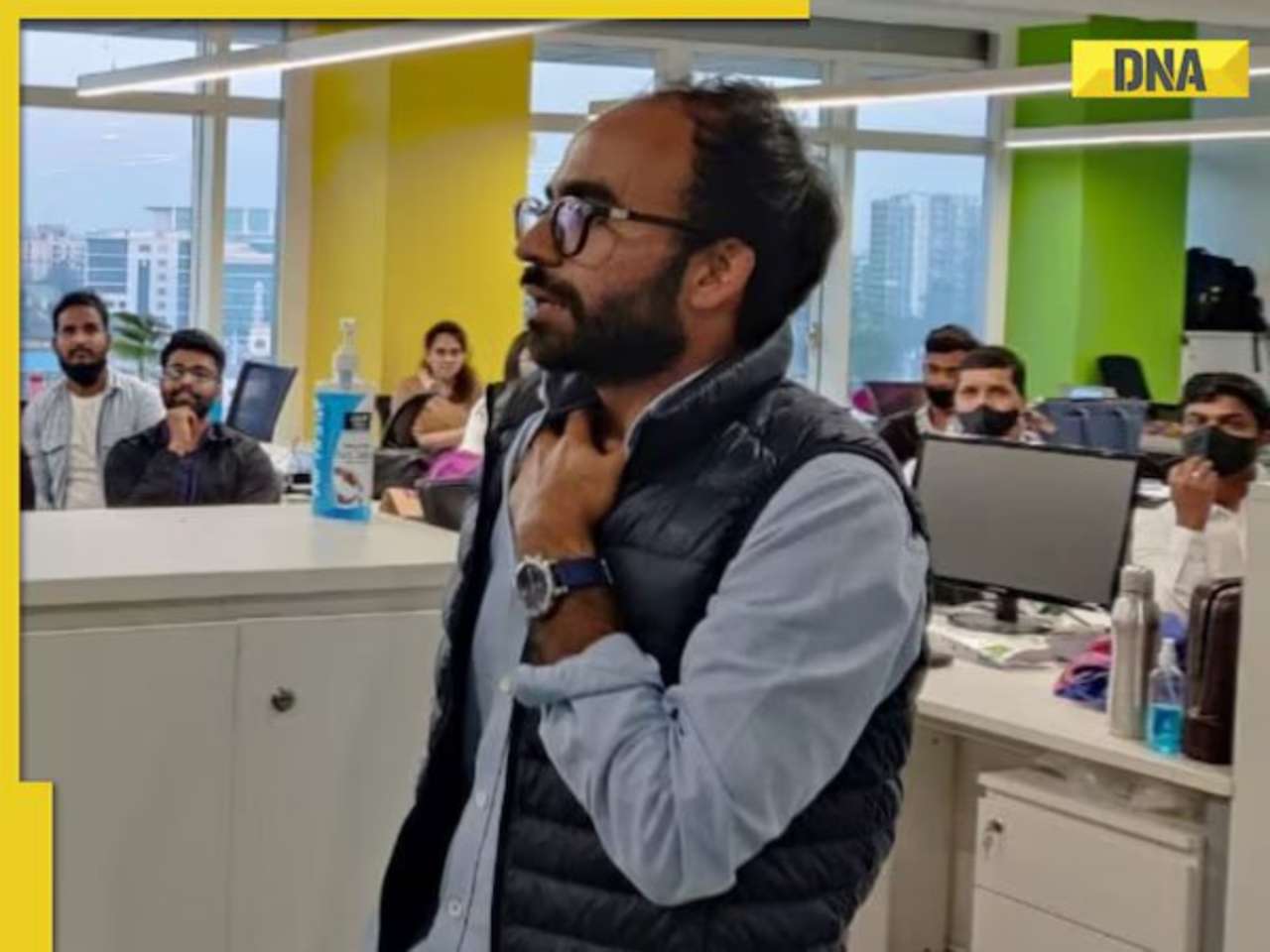

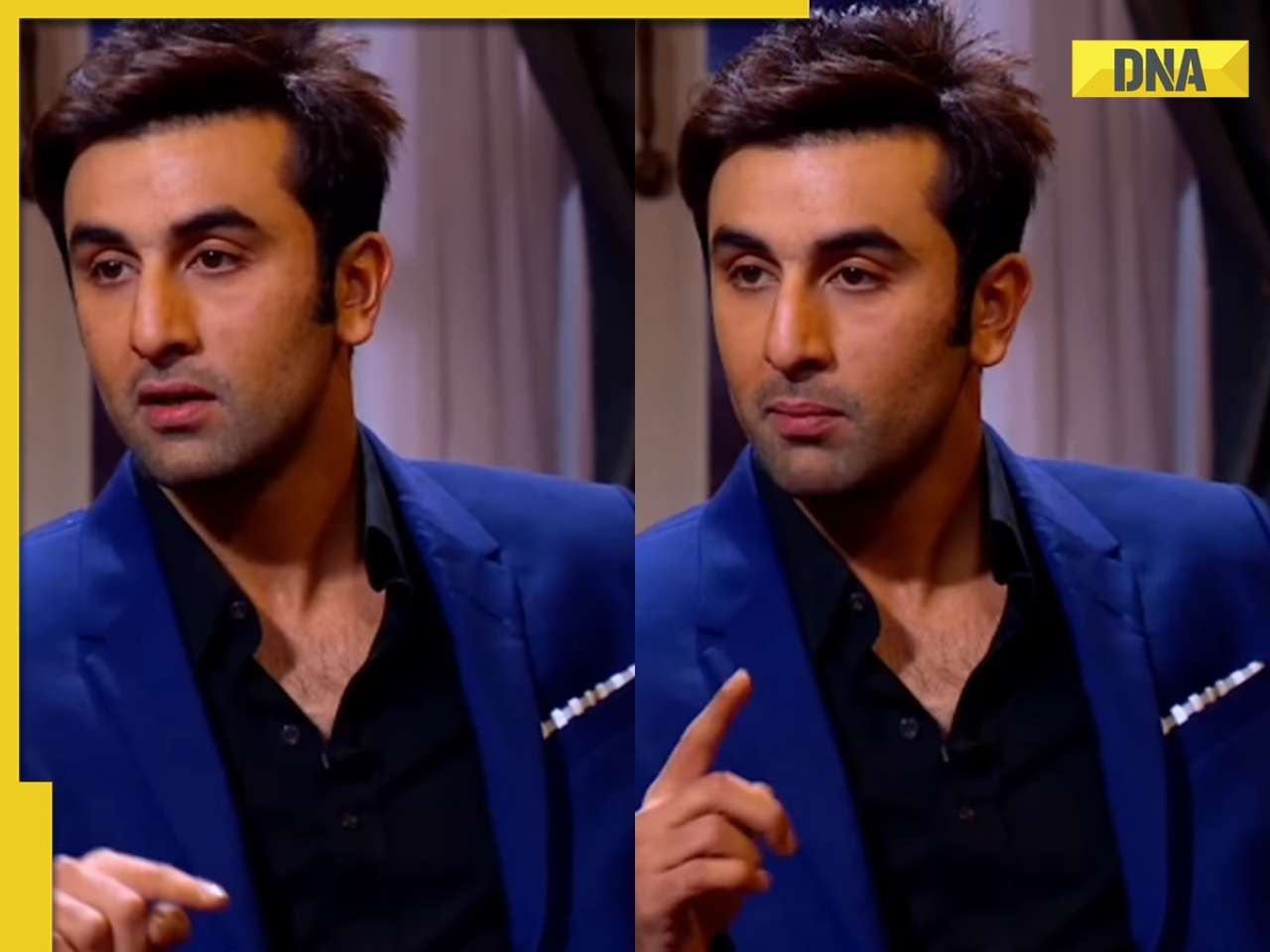




















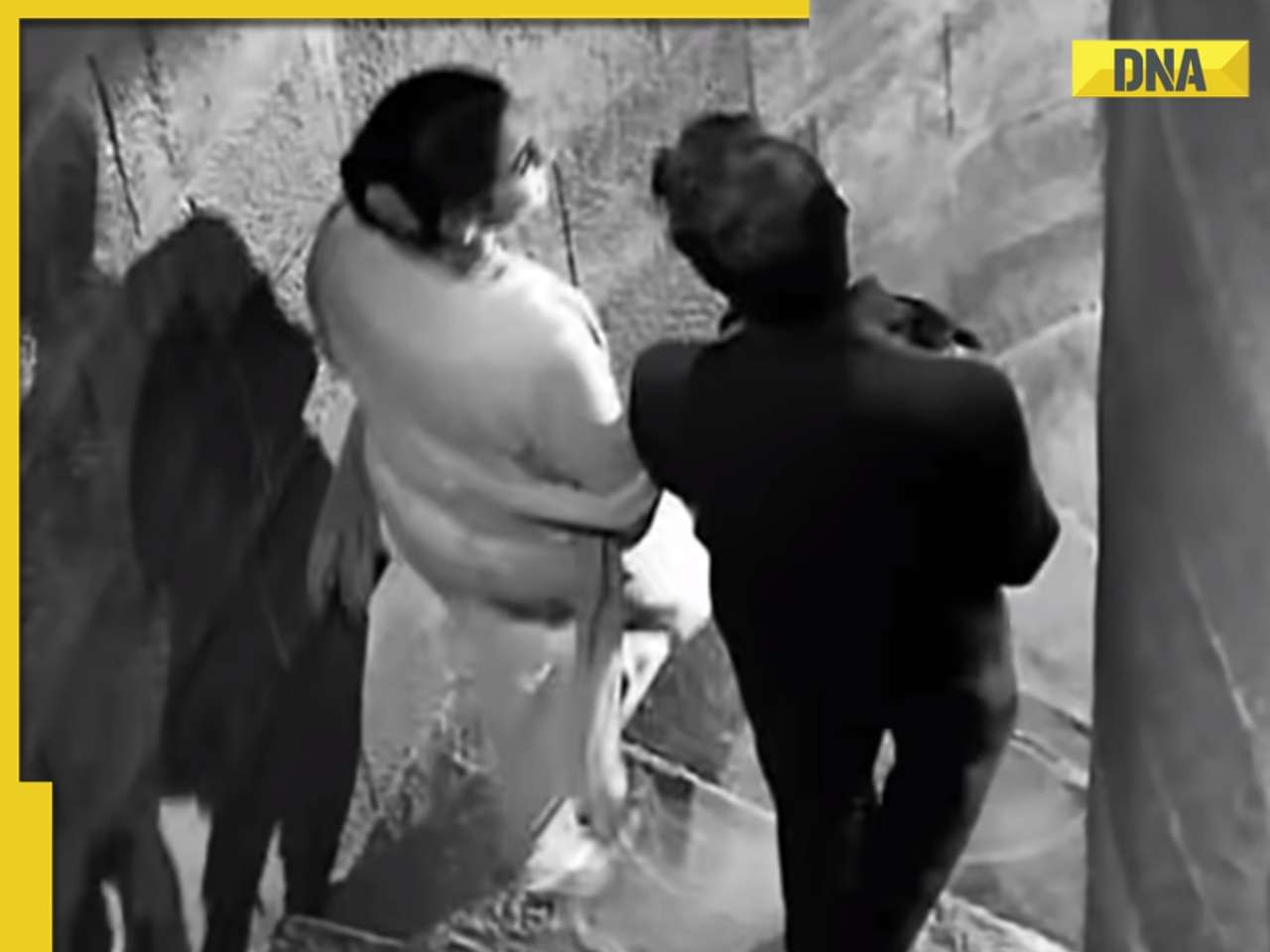
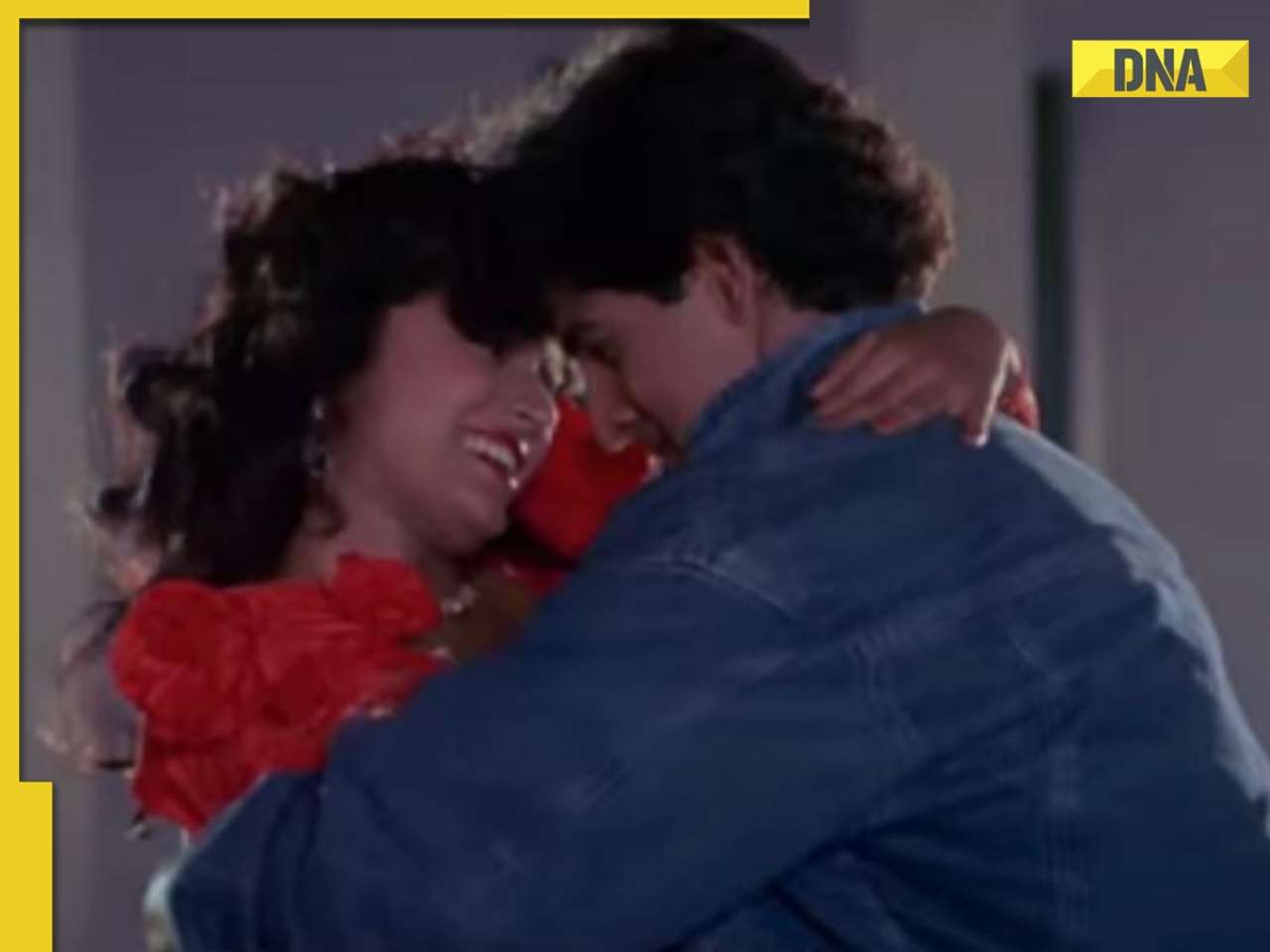



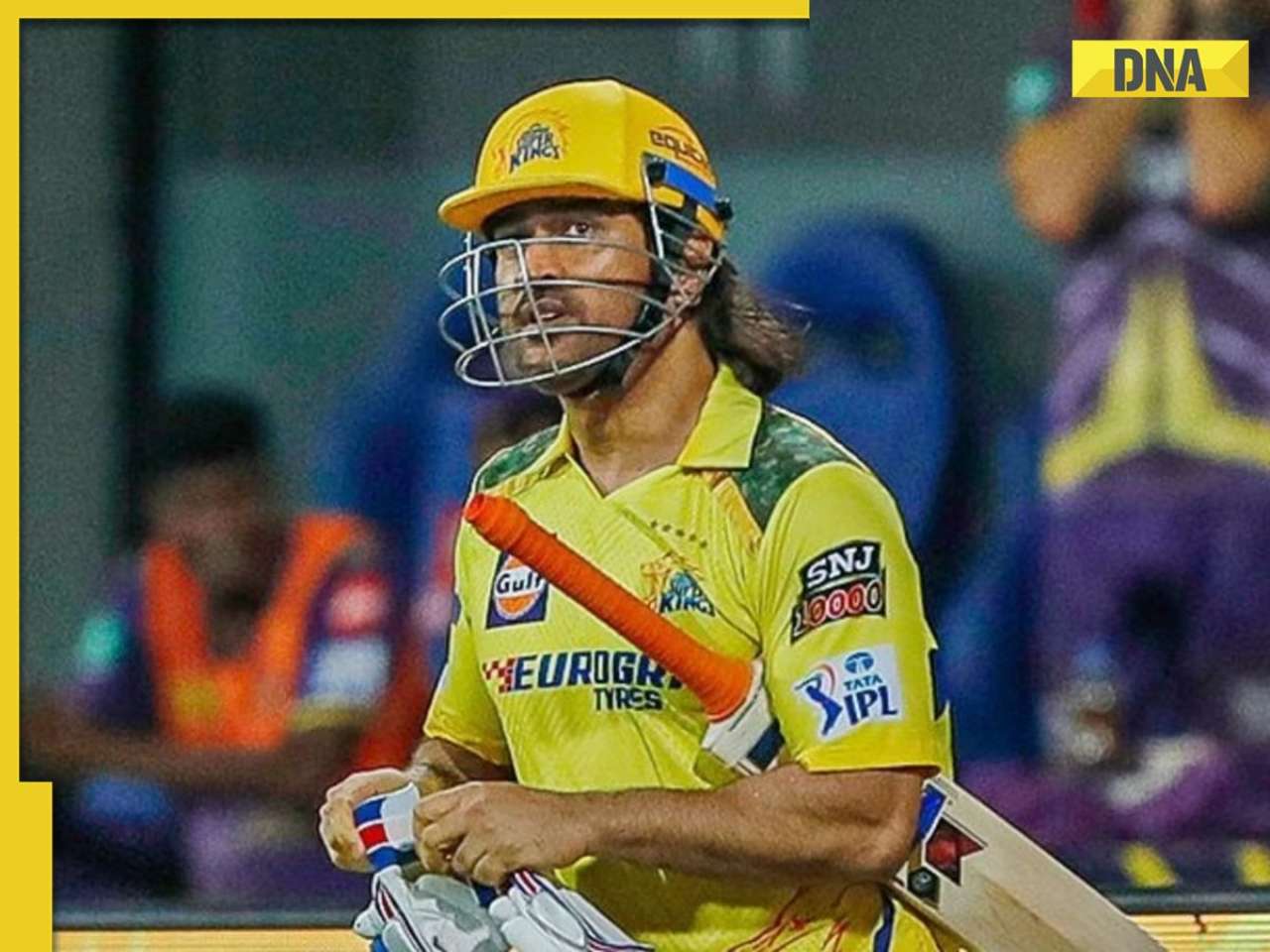
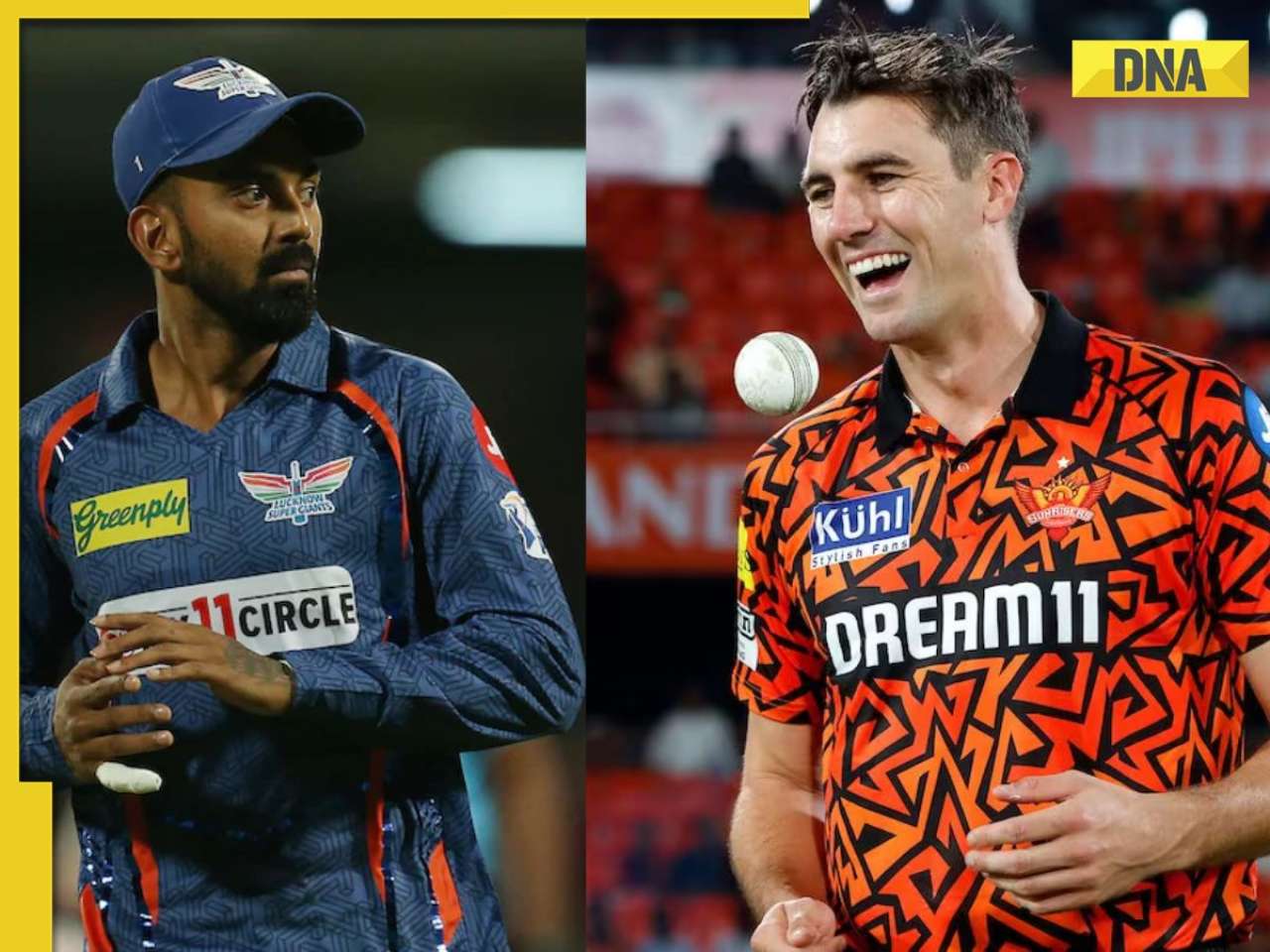
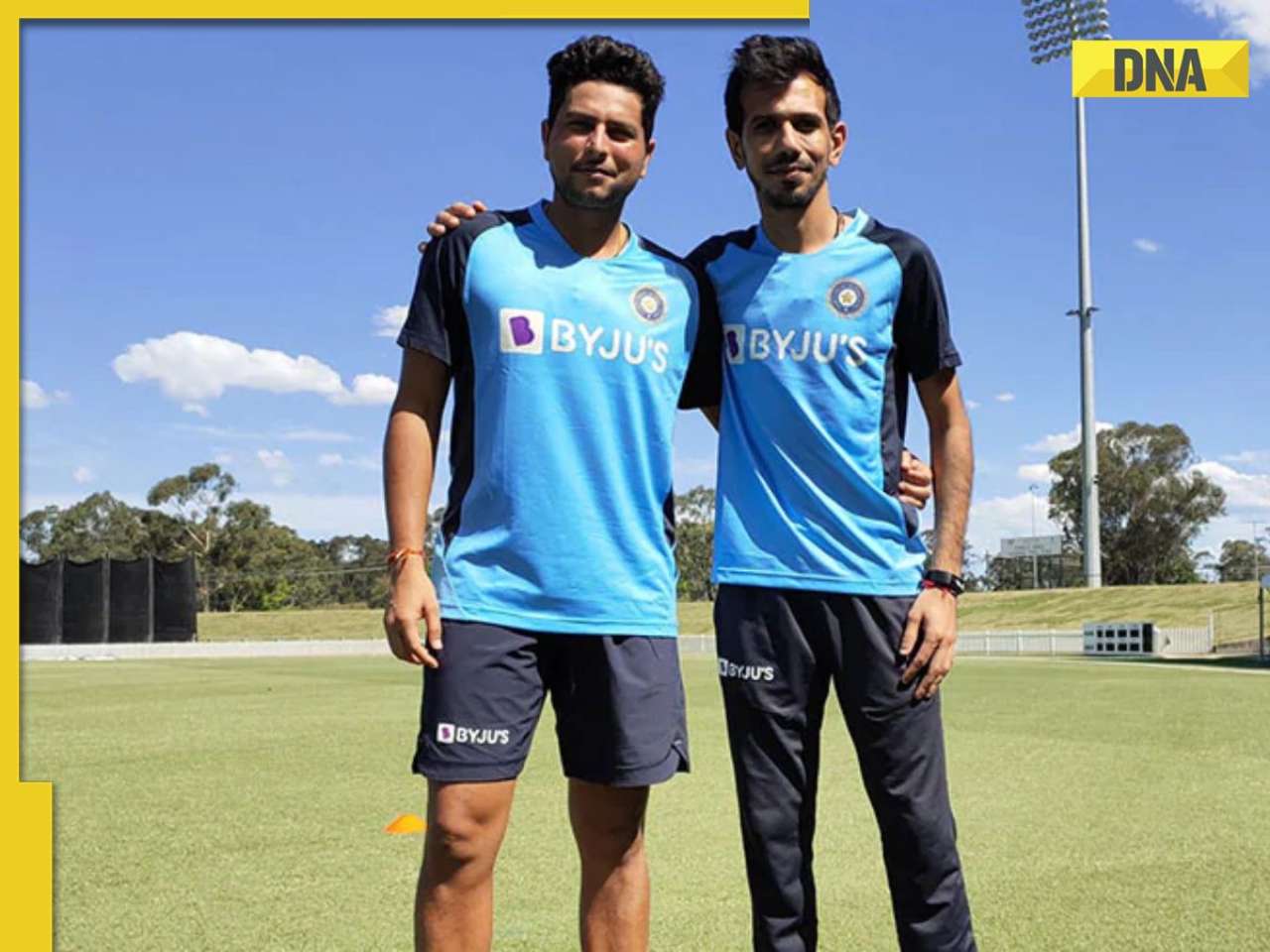

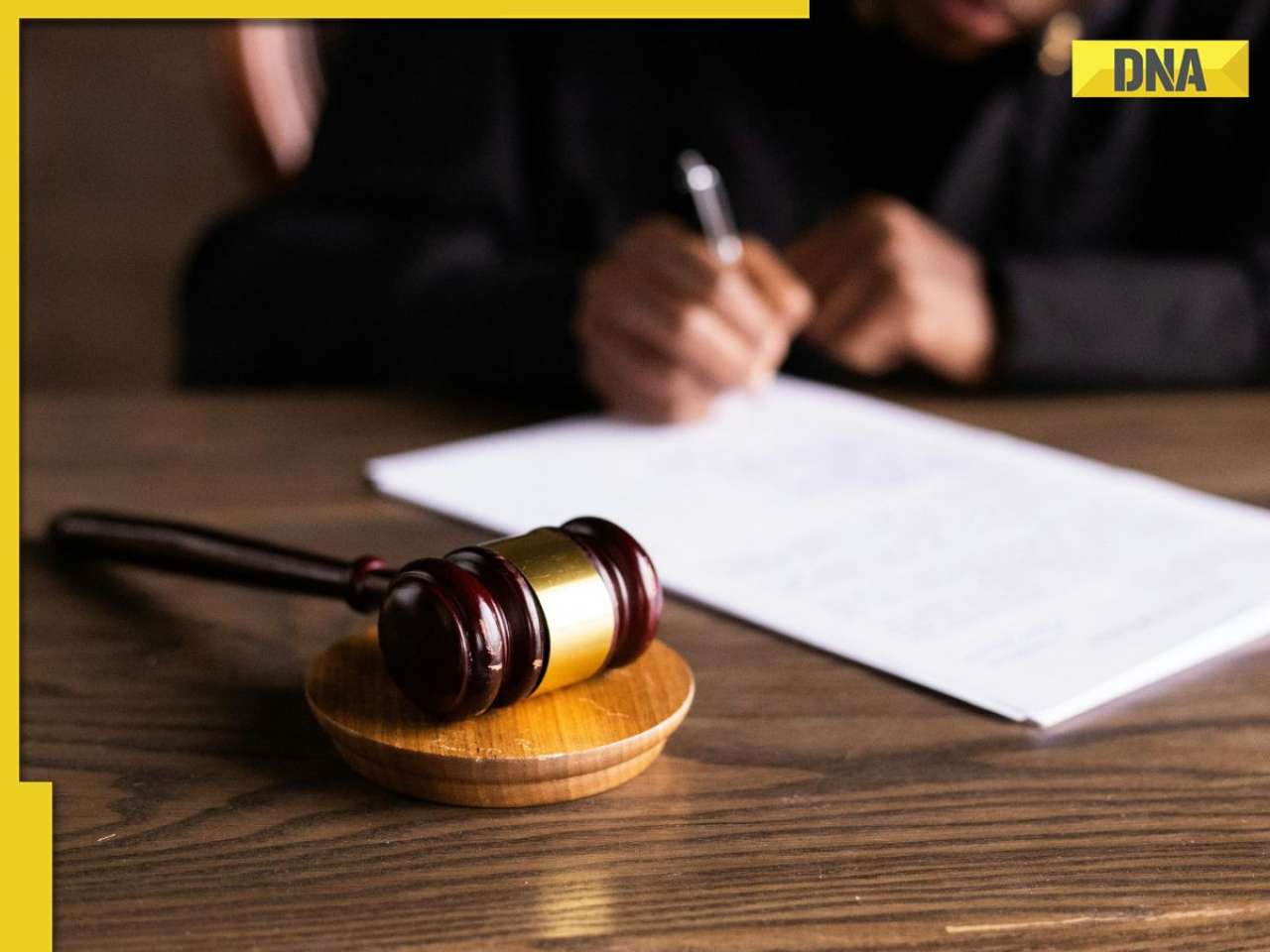
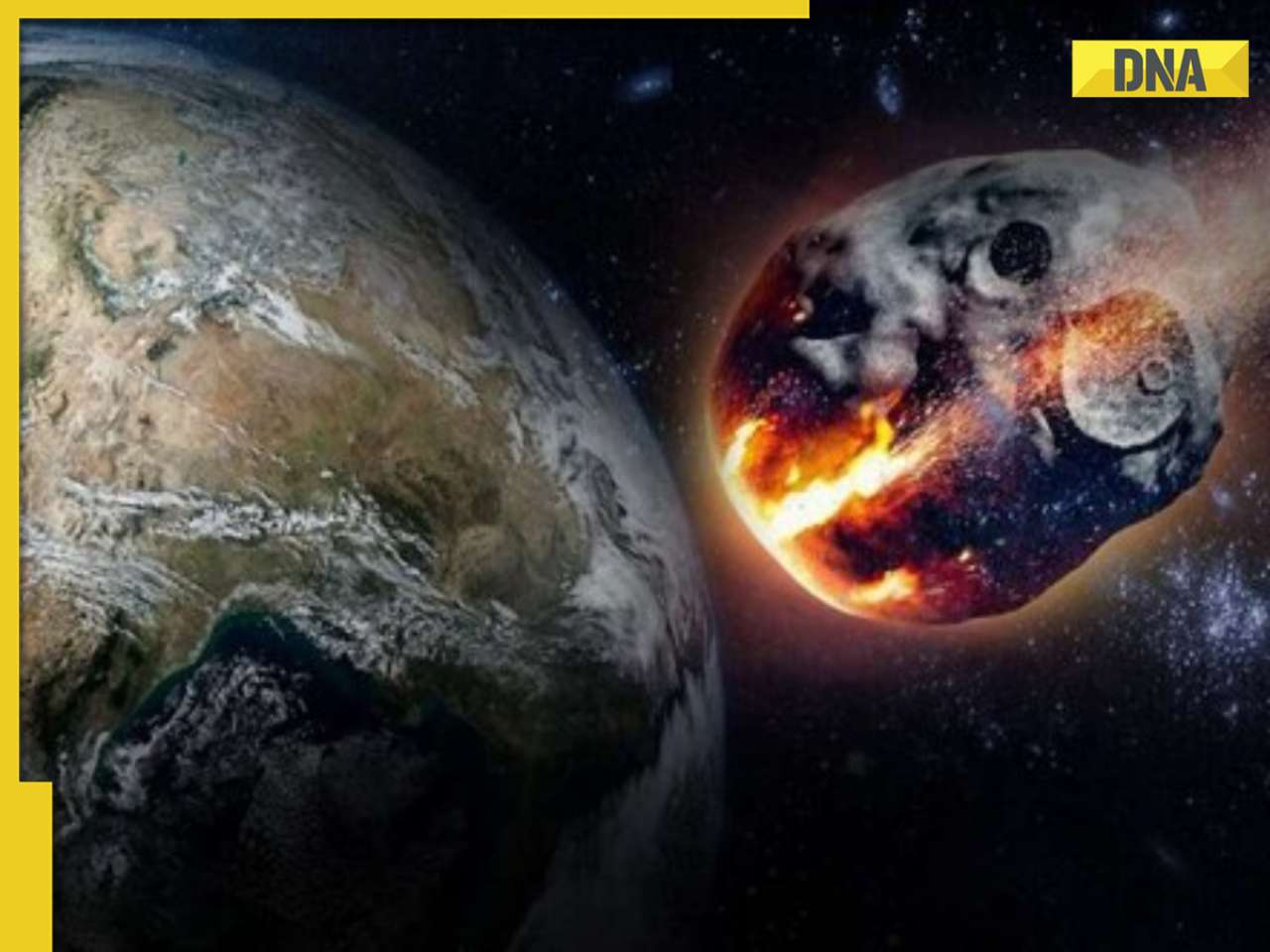




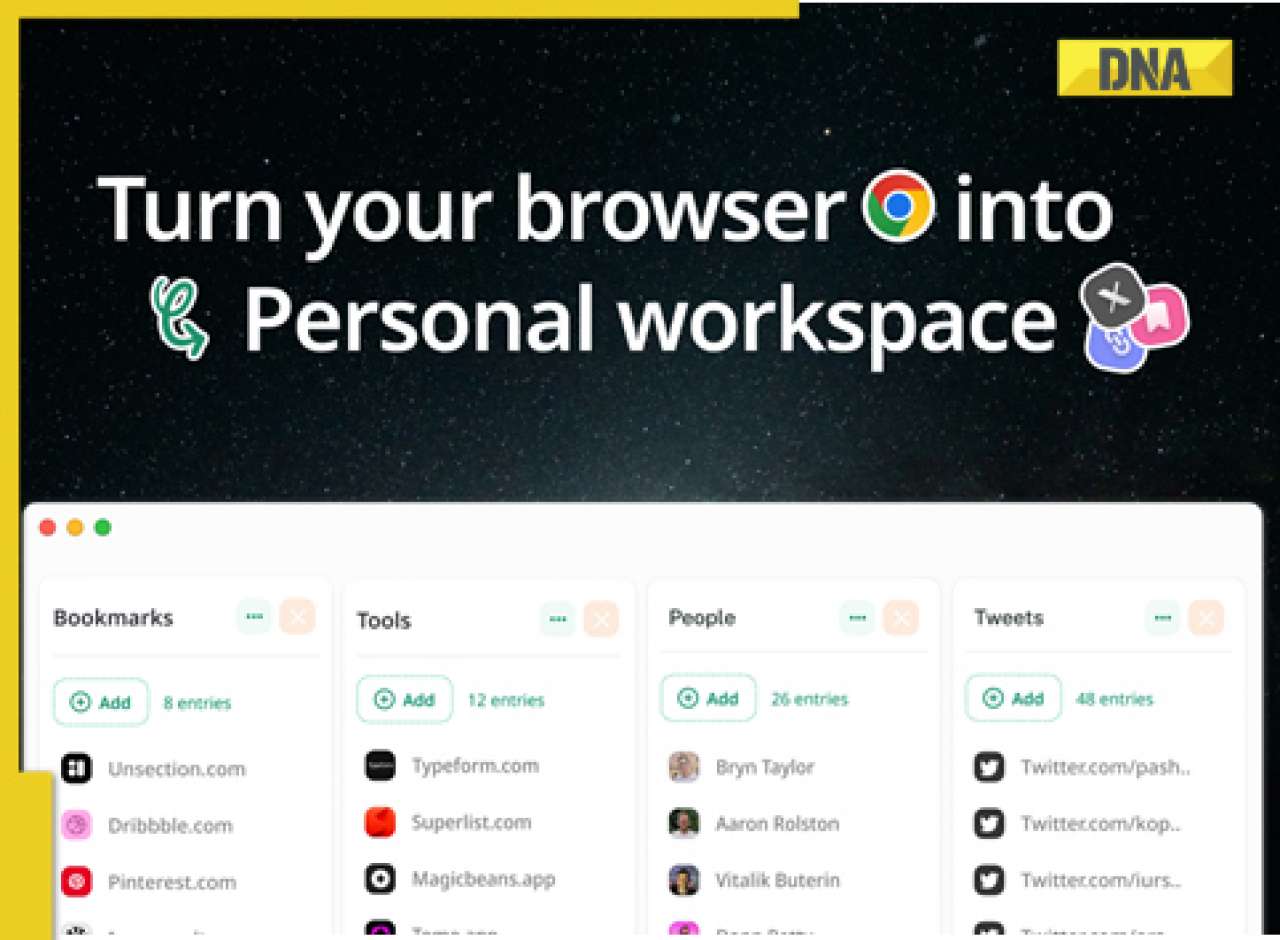

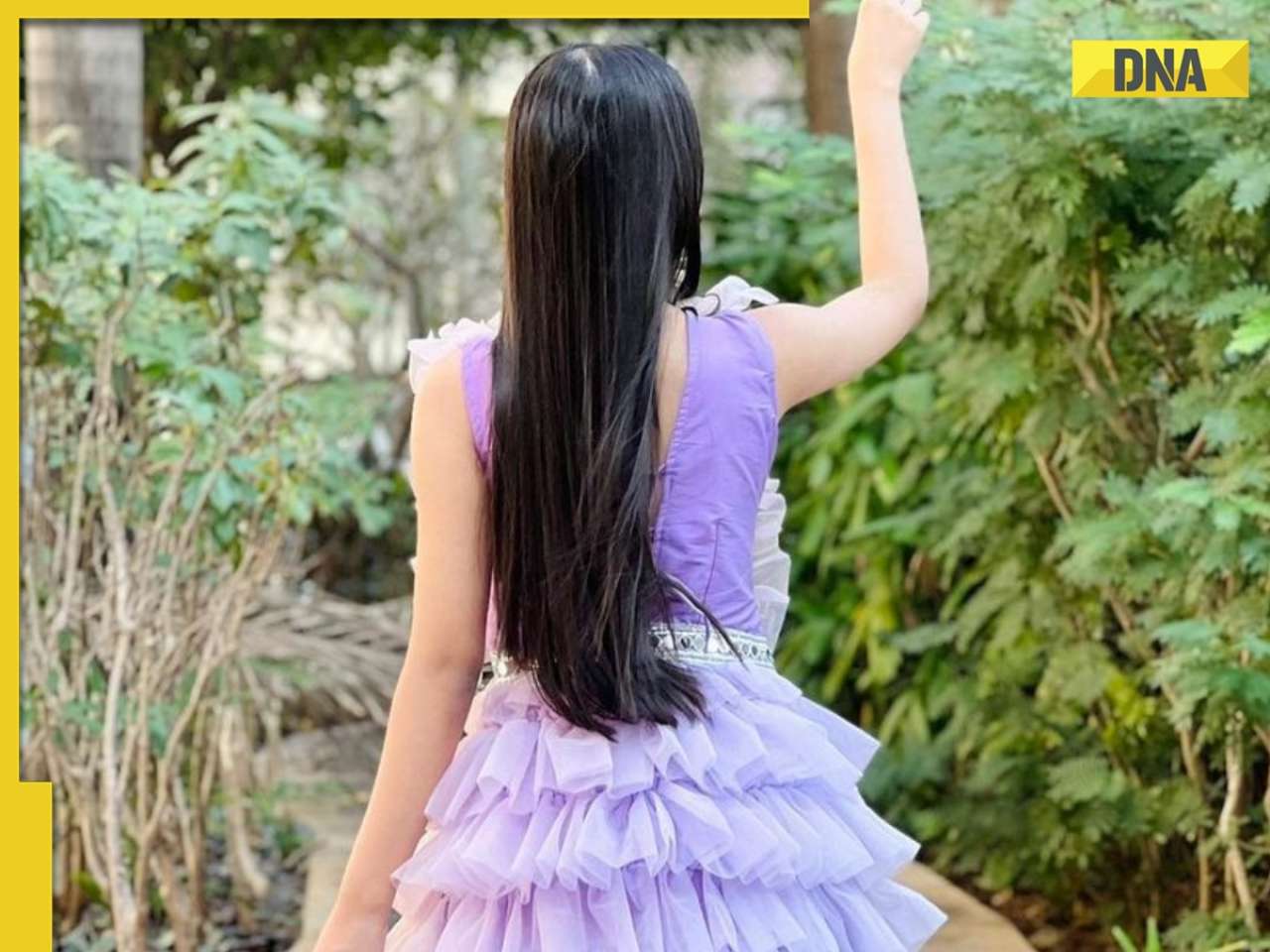






)
)
)
)
)
)